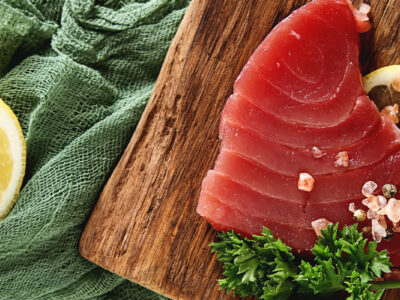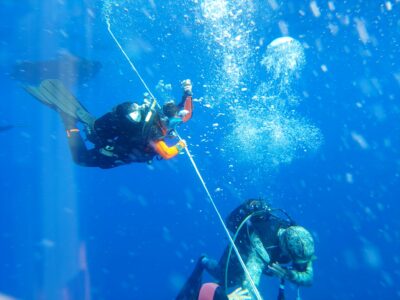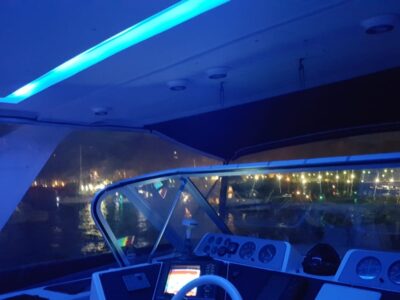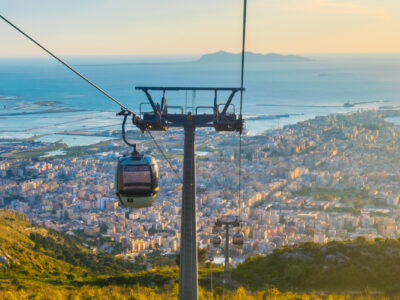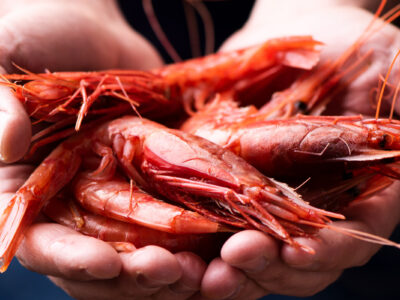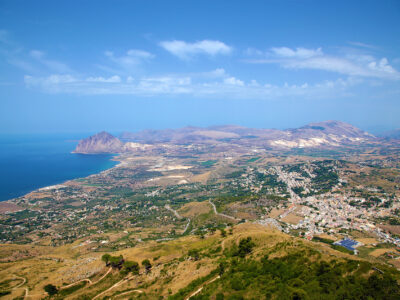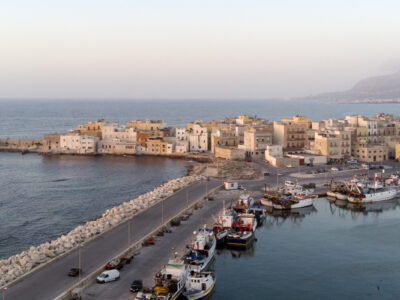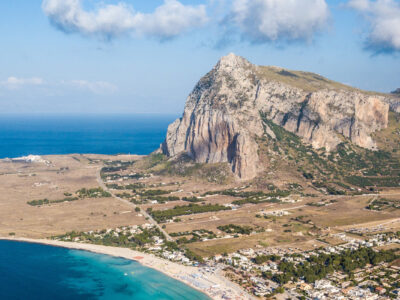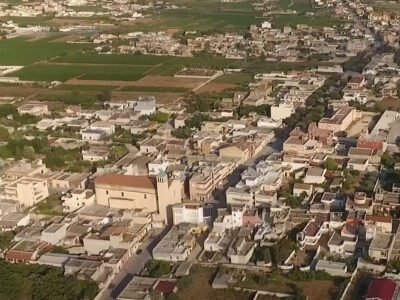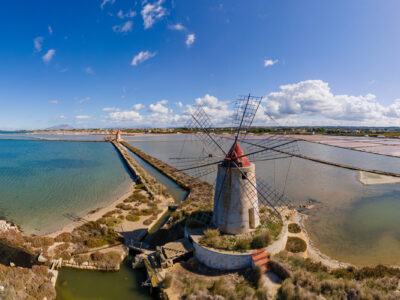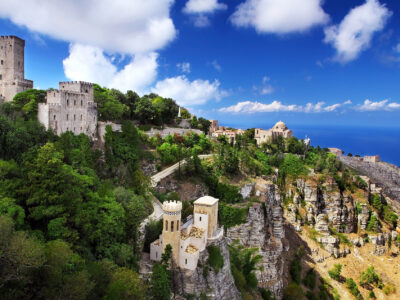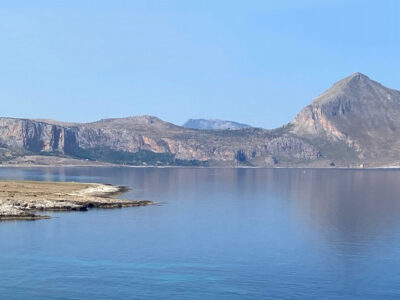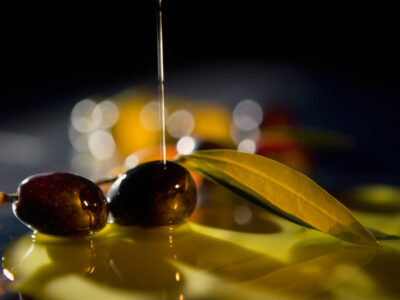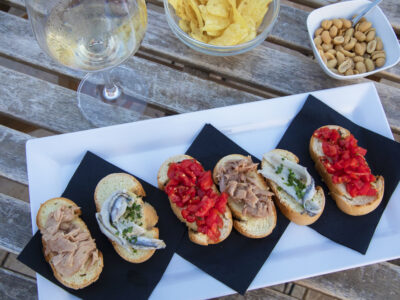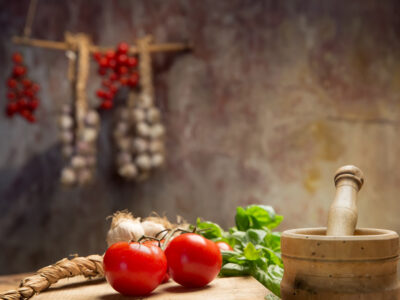Trapani

The church of Purgatory was designed by architect Pietro Castro at the behest of Rev. Domenico Viola and built in 1688. Between 1712 and 1714 its façade was enriched by Trapani-born Giovanni Biagio Amico who built it in the Roman Baroque style of Francesco Borromini (a façade in movement, undulating due to use of indentations […]
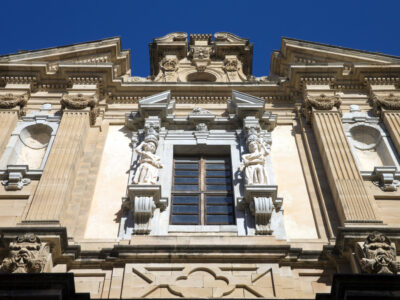
The Church, the College and the Jesuit House form an impressive architectural complex that occupies an entire block between the main street, Corso Vittorio Emanuele and the streets named via Roma, Tenente Genovese and Mancina. Towards the end of the 16th century and during the early 17th century the Fathers of the Society of Jesus […]

The northern coastline, which stretches for over 4 kilometers from Trapani to Erice in an area called “San Giuliano (St. Julian)”, is characterized by a sequence of long sandy beaches alternated with short rocky stretches, crowded in summer with tourists and provided with beach resorts.

The tuna trap of “San Giuliano Palazzo”, closed in 1961, was probably the first tuna trap in Western Sicily. Today crumbling, it saw its first nucleus in the construction of a watchtower and a huge quadrangular wall to defend itself against the frequent pirates attacks. Here is situated a small beach which, especially in August, […]
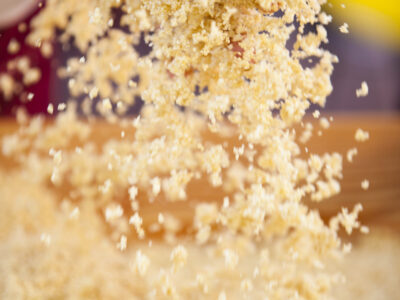
Of Arab origin, Trapani’s version (locally called ‘cùscusu’) is strictly made with fish. Its preparation is a ritual that has been handed down from mother to daughter and requires the use of typical pots and bowls. Made with semolina and water mixed in a circular motion (the famous incocciata), the couscous granules are then steamed […]
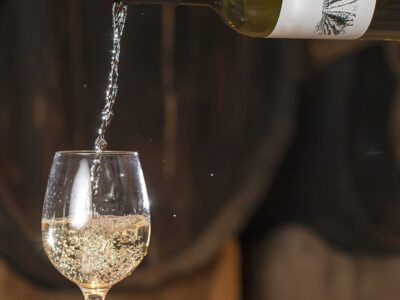
Obtained from vineyards located between 200 and 650 m. on the sea level scattered in the so-called ‘agro ericino’ (the hilly area at the foot of Mount Erice), these wines owe their organoleptic qualities to the soil and climatic conditions of the area, a rare combination of altitude and proximity to the sea. Inzolia, Catarratto, […]
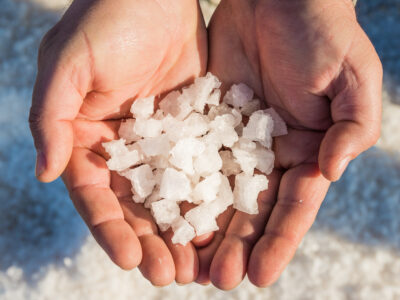
Trapani sea salt, compared to others, contains more magnesium, potassium, iodine, flourine, sulphur, calcium and a lower quantity of sodium chloride. Obtained by simply letting sea water evaporate inside big tanks placed on the coast of Trapani in an evocative context, windmills and white pyramids which become pink at sunset, within two splendid protected areas: […]

